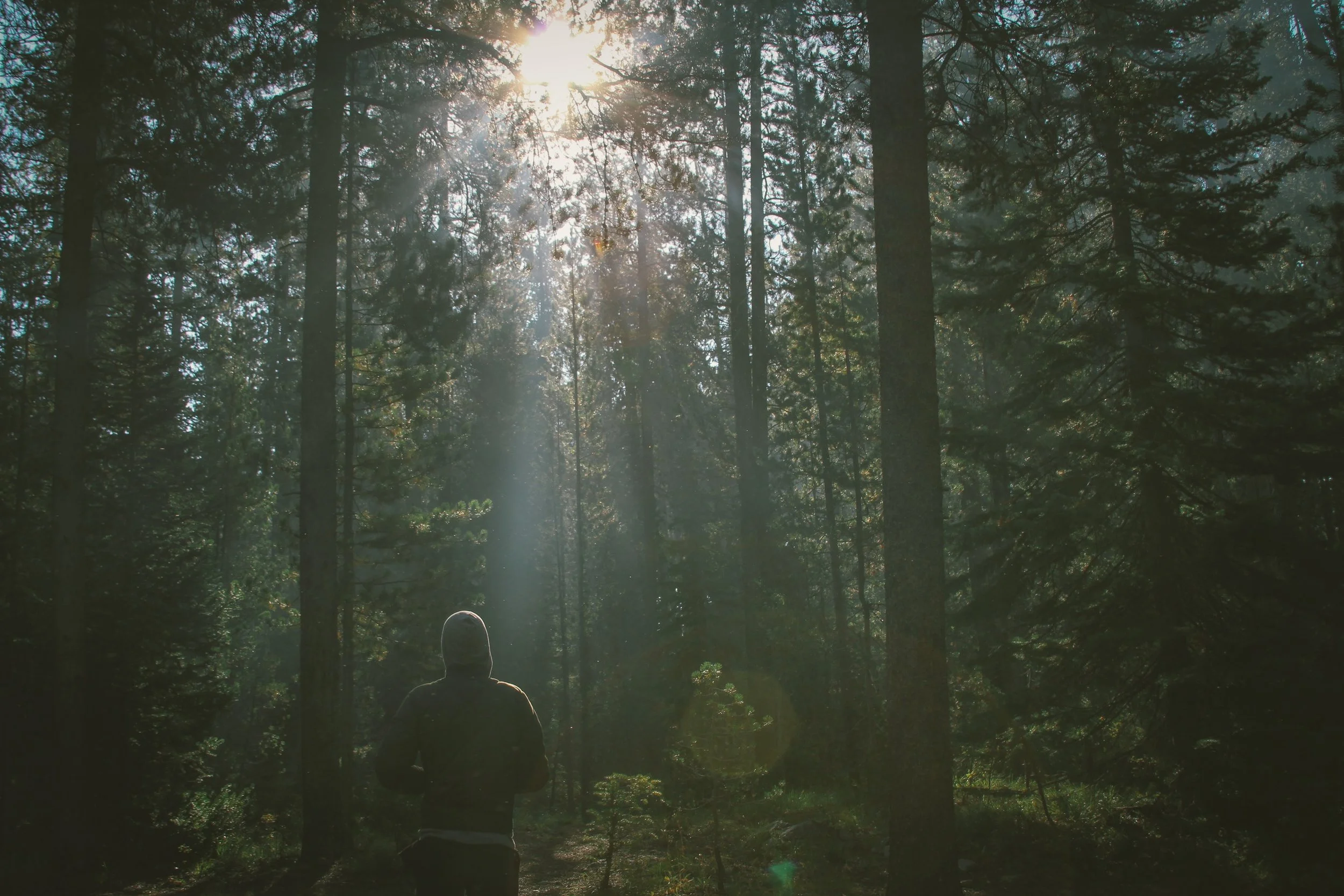For thousands of years, people living in the amazon rainforest have harnessed the power of medicinal plants to treat illness and relieve suffering.
Many modern medicines come from plants: Bark from a willow tree was first used to make aspirin. Novocaine comes from the coca plant. A flower called the rosy periwinkle has improved the survival rate for children with Leukemia from ten to 90 percent.
The Amazon is a living pharmacy, with thousands of varieties of plant life that hold unexplored healing potential. But fewer than five percent of the Amazon’s plants have been analyzed for their medicinal properties.
The people who live in the Amazon hold the key to unlocking the healing power of medicinal plants. But destruction of the forest is pushing their communities to the brink of extinction. An encyclopedia’s worth of medical knowledge could be lost with them.
People from very different worlds are coming together to save this priceless knowledge, find new ways of healing, and share it with the world. The Shipibo people of Peru and the Sápara people of Ecuador have joined forces with scientists and entrepreneurs from the U.S. to build the world’s first centers for the practice, research and preservation of Amazonian plant medicine.
Rios Nete in Peru will be a state-of-the-art facility that brings together Shipibo healers and medical researchers to study and discover the potential of Amazonian plants to treat chronic illnesses that modern medicine has yet to cure.
Naku is a healing center in Ecuador that gives the Sápara people an opportunity to share their culture and medicinal techniques with visitors from around the world—and preserve one million acres of pristine rainforest.
We’re in a race against time. The healing power of the Amazon could be lost to the world forever—unless we help protect it now.

